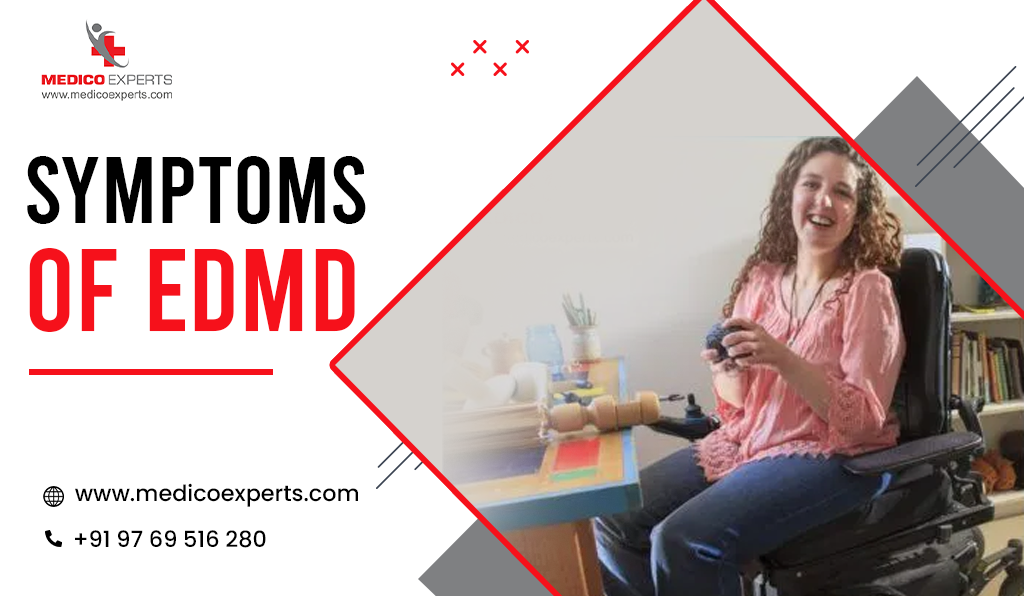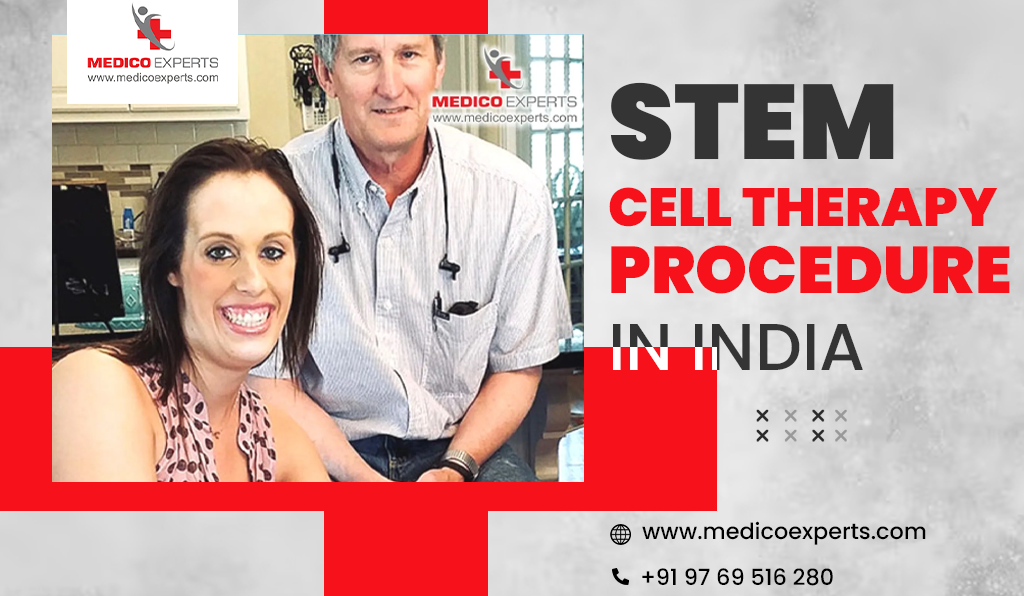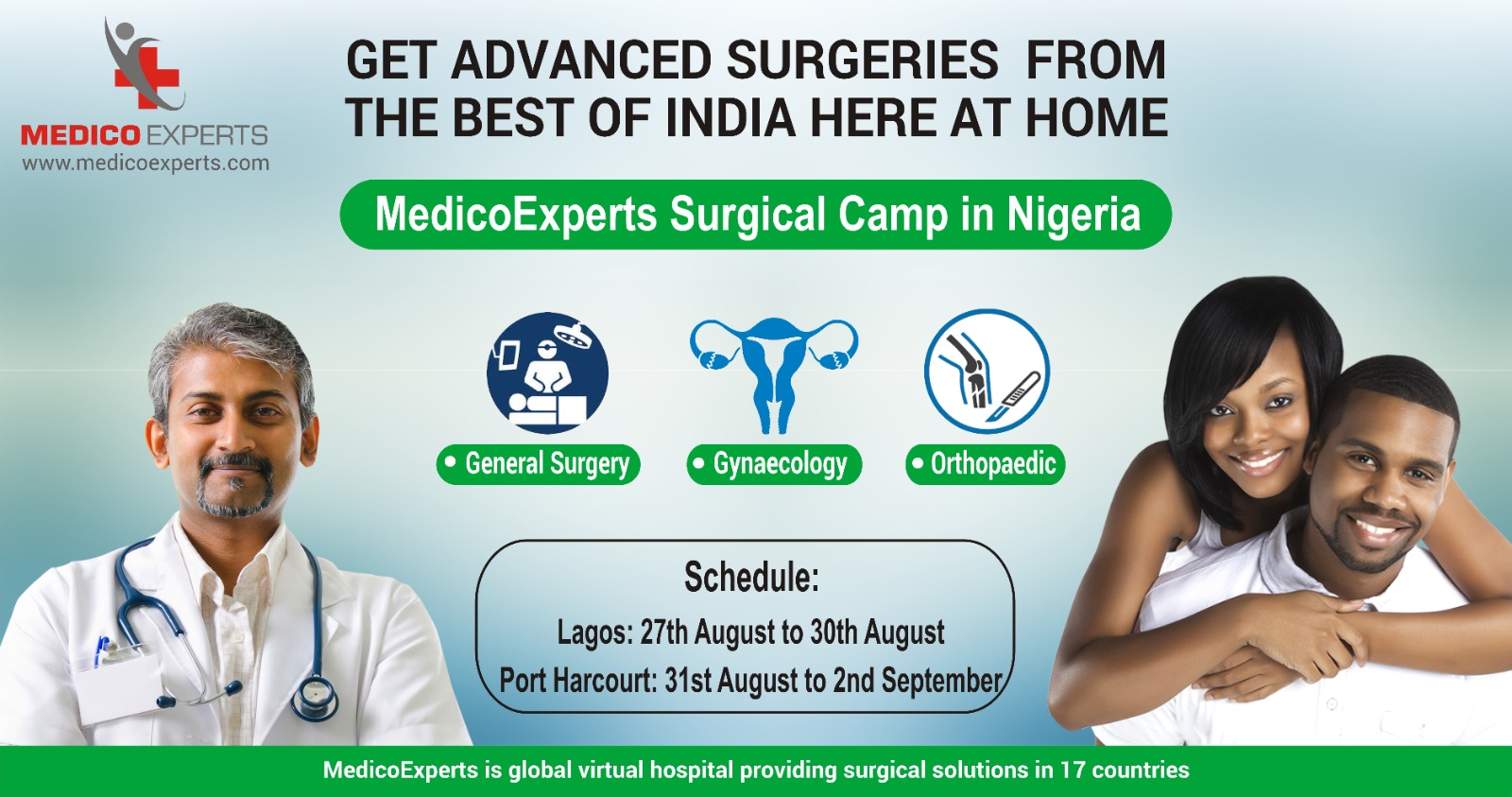Is Emery Dreifuss Muscular Dystrophy (EDMD) a challenge you are facing? Emery Dreifuss Muscular Dystrophy (EDMD) is a rare genetic disorder that physically weakens the muscles of voluntary movement and the heart. Simple daily functions become more difficult for patients diagnosed with EDMD, usually with stiffness in the joints as well as serious heart problems.
Conventional therapies can alleviate symptoms, but they frequently do not reach the underlying cause. That is where stem cell therapy comes in — a new, regenerative option designed to attack muscle degeneration at its very source.
With recent advancements in stem cell therapy now available in India, individuals with EDMD can take advantage of world-class treatment. This new treatment has the promise of increased muscle strength, improved mobility, and enhanced heart function — regaining confidence and improved quality of life.
Keep reading to explore how stem cell therapy is transforming the lives of those with EDMD.
Recent advancements in medical science offer a ray of hope to the patients suffering from EDMD. But with the rise of stem cell therapy, the treatment procedure gets an extra mileage.
In this blog, we will discuss how stem cell therapy has become one of the significant options to manage EDMD.
So why wait? Let’s get into the blog details.
Understanding Emery Dreifuss Muscular Dystrophy (EDMD)
Emery Dreifuss Muscular dystrophy is a genetic disorder caused by changes in certain genes that help make proteins needed to keep muscle cells strong. The most common type of EDMD is X-linked muscular dystrophy, and it primarily affects males.
However, there are also other forms of the disease that can impact both genders.
Causes of EDMD
So, lets discuss what are the causes of EDMD:
1. EMD Gene Mutations
The EMD gene encodes a protein known as emerin. When the EMD gene is mutated, it results in a lack or total absence of emerin. In the absence of emerin, the nuclear membrane is unstable, causing muscle cell damage, especially in the heart and skeletal muscles.
EMD gene mutations are frequently linked with X-linked EDMD, the most frequent type of the disease. Because the gene is on the X chromosome, it mostly has an effect on males, with females being carriers and having less severe symptoms.
2. LMNA Gene Mutations
The LMNA gene codes for two significant proteins: Lamin A and Lamin C. Both lamin A and C are essential for preserving nuclear form and chromatin organization, as well as gene expression regulation.
When mutations affect the LMNA gene, the nuclear envelope is weakened, and it becomes more susceptible to damage. Premature cell death, especially in muscle cells, results in progressive degeneration of muscles.
In this type, a mutation in one copy of the inherited LMNA gene from either parent can result in the disease.
3. FHL1 Gene Mutations
The FHL1 gene produces a protein called Four-and-a-Half LIM Domain 1, which plays a role in muscle function and stability. It is responsible for keeping the structural integrity of the muscle fibers and aiding in muscle repair.
FHL1 mutations interfere with the proper functioning of this protein, resulting in the breakdown of muscle fibers. This kind of mutation is normally characterized by pronounced muscle weakness and cardiac issues.
FHL1 gene mutations are also associated with X-linked EDMD and can have more serious symptoms in certain instances.
How Defective Protein Results in Muscle Degeneration
No matter which gene mutation is present, the abnormal proteins weaken the stability of muscle cell membranes. Muscles can get small tears and swell from too much use. This makes them weak and creates stiff, scar-like tissue called fibrosis.
Additionally, because the heart is also a muscle, EDMD patients usually develop cardiac complications like arrhythmias and cardiomyopathy. These problems necessitate continued cardiac monitoring and treatment.
Can EDMD Be Inherited?
Let’s discuss the genetic patterns of inheritance in EDMD:
- X-Linked Inheritance: The X-linked type is the most prevalent form of EDMD. Because males possess only one X chromosome, one copy of the mutated EMD or FHL1 gene causes the disease. Females, who have two X chromosomes, can have a normal copy to balance out, which makes the symptoms less severe or none at all.
- Autosomal Dominant Inheritance: EDMD due to mutations in the LMNA gene is inherited in an autosomal dominant manner, such that a single copy of the mutated gene is sufficient to cause the condition in both men and women.
- Autosomal Recessive Inheritance: Rarely, EDMD can occur due to autosomal recessive inheritance, whereby both gene copies need to be mutated for signs to manifest.

Symptoms of EDMD
The signs of Emery-Dreifuss Muscular Dystrophy usually appear early in childhood and can be:
- Muscle wasting and weakness, especially in the shoulders, upper arms, and calves
- Joint contractures, leading to stiffness in the elbows, neck, and ankles
- Fatigue and shortness of breath resulting from heart complications
- Trouble walking and balancing
Early recognition of EDMD symptoms and treatment is essential to slow the progress of the disease and enhance the quality of life for patients.
Stem Cell Therapy: A Groundbreaking Approach to Treat EDMD
Stem cell therapy is an emerging approach that has picked up momentum over the past decade as a therapy for several muscular dystrophies, including EDMD. Stem cells have some special regenerative properties that enable them to specialize into different types of cells to repair and replace damaged tissues.
How Stem Cell Therapy Works
Stem cell therapy for EDMD involves applying mesenchymal stem cells (MSCs) obtained from different sources like:
- Bone Marrow: Houses hematopoietic and mesenchymal stem cells that have the capability to regenerate muscle tissue.
- Adipose Tissue: Packed with stem cells that are capable of differentiating into muscle cells.
- Umbilical Cord Blood: Possesses stem cells with high regenerative ability.
The treatment procedure typically involves the following steps:
- Harvesting of Stem Cells: Stem cells are obtained from the bone marrow, adipose tissue, or umbilical cord of the patient.
- Processing and Growth: The extracted stem cells are grown in a laboratory to multiply their numbers.
- Injection: The stem cells are injected into the diseased muscles or blood to induce the growth of tissue and repair of tissues.
Benefits of Stem Cell Treatment for EDMD
Stem cell treatment has several advantages for EDMD patients, such as:
- Muscle Regeneration: Stem cells trigger the repair of damaged muscle fibers, enhancing muscle function and strength.
- Inflammation Reduction: Stem cells have anti-inflammatory effects, which decrease muscle degeneration.
- Enhanced Mobility: Patients can feel increased mobility and decreased joint stiffness.
- Cardiac Support: Stem cells are able to restore damaged heart tissues, decreasing the possibility of heart complications.
- Minimally Invasive Procedure: In contrast to conventional surgeries, stem cell therapy is a minimally invasive procedure with a shorter recovery period.
Eligibility for Stem Cell Therapy
Not all EDMD patients are eligible candidates for stem cell therapy. The eligibility factors are:
Stage of disease and progression
General health status
Presence of cardiac complications
Past treatment experience
A comprehensive medical evaluation should be performed to determine whether stem cell therapy is an appropriate choice.

Stem Cell Therapy Procedure in India
India is now a prime destination for advanced medical treatments, including stem cell therapy. The procedure involves the following steps:
- Consultation and Evaluation: Patients are subjected to a complete evaluation, which includes genetic analysis, muscle biopsies, and cardiac testing.
- Stem Cell Harvesting from A Fat Tissue or Bone Marrow: Stem cells can be harvested from fat tissue or bone marrow.
- Cell Processing: The cells undergo a processing and culturing procedure in a laboratory to give them some quality and quantity to be thriving enough for infusion.
- Stem Cell Injection: The well-prepared stems are injected into the muscle tissues needed or directly into the bloodstream.
- After Treatment: Patients will be monitored for improvement and side effects. Patients are also encouraged to undergo rehabilitation and physical therapy for better results.
Post-Treatment Rehabilitation and Treatment
The patients usually needed to be rehabilitated, particularly for treatment through stem cell therapy:
- Physical Therapy: Normal exercises to maintain strength in the muscles and keep them flexible.
- Cardiac Monitoring: Regular monitoring of the heart for any signs of cardiac complications.
- Nutritional Support: Adequate diet rich in proteins and nutrients to facilitate muscle healing.
- Lifestyle Changes: Refraining from strenuous activity and maintenance of ideal body weight to prevent exerting pressure on the muscles.
Why India for Stem Cell Therapy?
India has emerged as a center of high-tech medical procedures due to improved healthcare facilities along with reducing the costs. The reasons to visit India for stem cell therapy are:
- Expert Professionals: The country has trained doctors with an experience of more than a decade who are working on stem cell therapy.
- Modern Facilities: Better laboratories and hospitals that use modern technology.
- Low-cost Treatment: India’s stem cell treatment is more affordable than that of other countries without sacrificing on quality.
- Complete Care: Complete rehabilitation packages for facilitating long-term recovery.
How MedicoExperts Can Help?
A team of psychologists and physical therapists at MedicoExperts can develop a customized treatment plan for EDMD management. MedicoExperts is here to help you and your loved ones deal with the illness. If you have any questions or concerns regarding managing Emery Dreifuss Muscular Dystrophy, our team of professionals is here to help.
Our team of professionals is on hand around-the-clock to offer advice and respond to any inquiries you might have.
Final Thoughts
Stem cell therapy is transforming the world of treatment for Emery-Dreifuss Muscular Dystrophy. It’s not a cure, yet it is very promising to promote muscle function, relieve symptoms, and improve the quality of life in patients.
If you or your loved one is battling EDMD, discussing with professionals who specialize in stem cell therapy can provide you with an estimate of the most suitable treatment. Early intervention and tailored care can make a significant difference in managing the condition in an effective manner.




